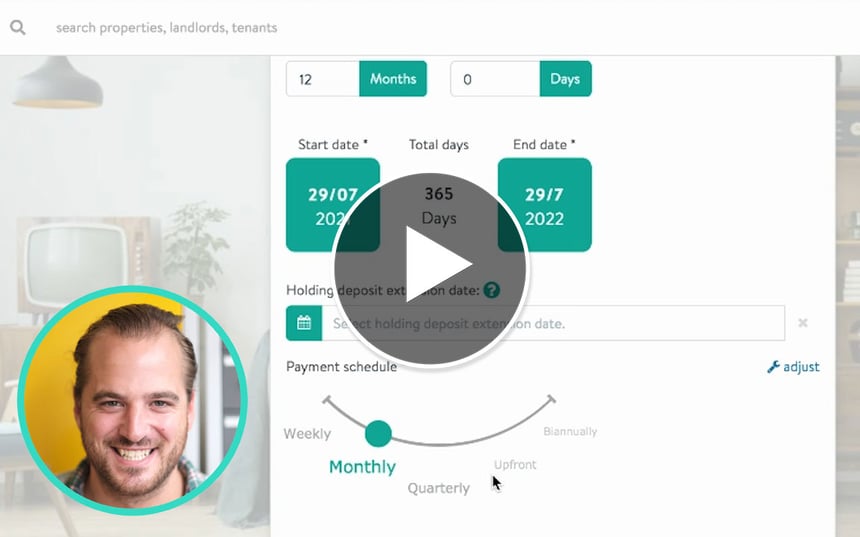Price on application 'likely to constitute a criminal offence'
The use of "price on application" in property listings is "likely to be misleading", according to the National Trading Standards Estate and Letting Agency Team and the Competition and Markets Authority.
The National Trading Standards Estate and Letting Agency Team (NTSELAT) along with the Competition and Markets Authority has shared insights on the topic of using "price on application" in property listings.
It concluded that displaying "price on application" rather than providing a price directly is "misleading omission", according to an opinion published in Estate Agent Today. Its conclusion ties in with its new material information rules for property listings.
What is a "misleading omission"?
The Consumer Protection from Unfair Trading Regulations 2008 creates rules to limit "unfair practices used by traders when dealing with consumers", whether by taking a direct action or omitting certain information that the consumer would need to make an informed decision.
The practice defines a misleading omission as a practice where material information is omitted, hidden, or ambiguous, and this information - or lack thereof - may influence a consumer to make a decision that they wouldn't have made if they had the full information.
What is the NTSELAT's conclusion on the use of "price on application"?
The NTSELAT has concluded that using price on application is "likely to be misleading as it is withholding (or in some cases masking) the asking price from consumers." It says that the price is important information that the potential buyer or tenant would need to "make enquiries about the property, conduct further research, arrange a viewing, etc."
The statement also shares some direct advice for agents when assessing whether they may be in breach of regulations. "Agents must put themselves in the position of potential purchasers and ask whether omitting the information may make a consumer make contact regarding the property when they may not have done so had the information been disclosed."
How does this link to the new material information rules for property listings?
For agents and landlords already up to date with the latest news surrounding material information, this assessment by the NTSELAT won't come as a surprise.
Part A of the new project to improve clarity around material information included in property listings will make rent or housing price a requirement in property listings, with parts B and C to follow.
Agents and landlords should see those fields in property listings by the end of May, in an attempt to make compliance the "default".
The material information rules will become mandatory when all three parts are completed and will only become a legal requirement "if necessary".









